Inspection operations in Brazil displace illegal mining in Indigenous Territories
27 de April de 2025
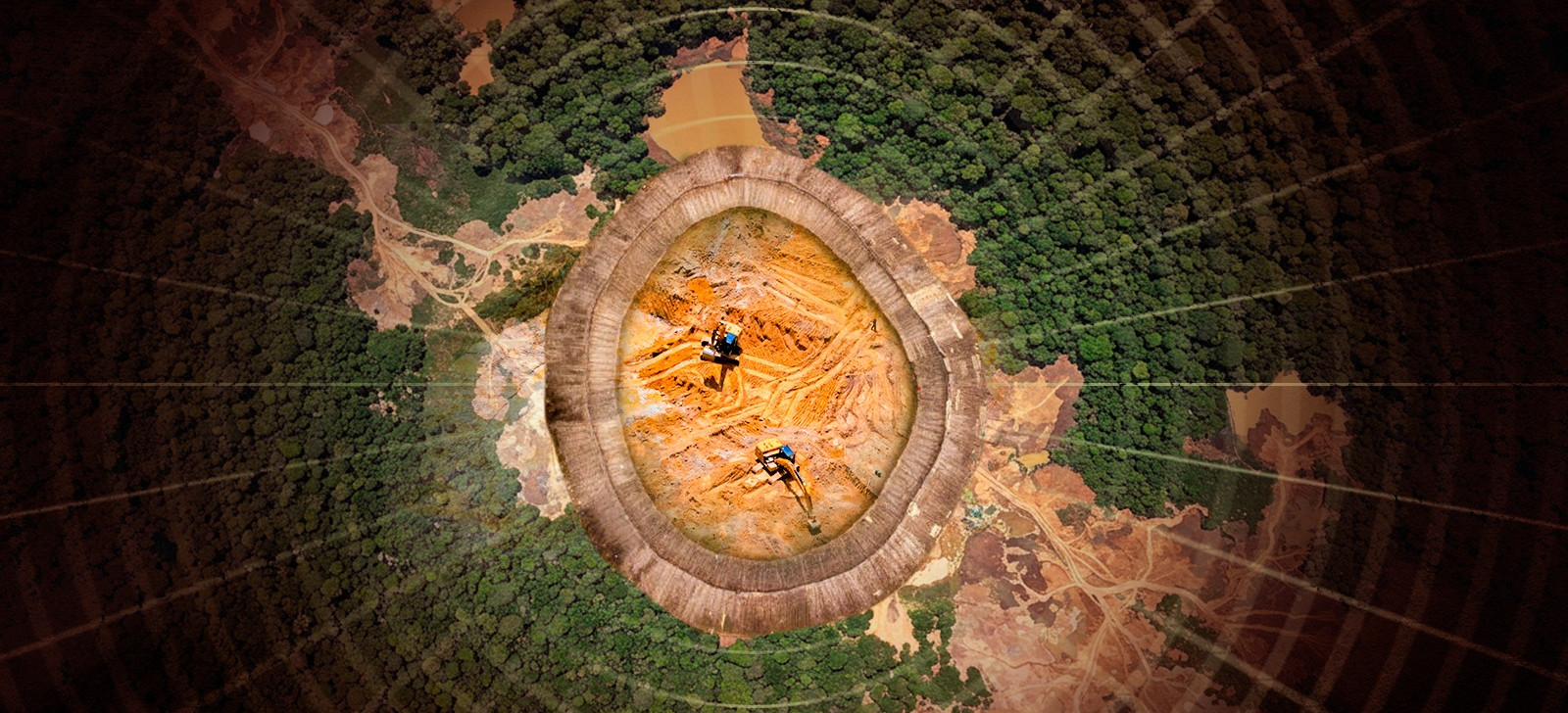
By Jadson Lima – From Cenarium
MANAUS (AM) – The Non-Governmental Organisation (NGO) Greenpeace pointed out in the report “How illegal gold mining in the Amazon fuels environmental destruction, violations of indigenous rights, and an obscure global trade” that, despite the recorded reduction of environmental crimes in Indigenous Territories (ITs) located in the Northern Region, there has been an increase in offences committed by miners in other regions of the country, including the Midwest.
The survey, released on 8 April, indicates that inspection operations targeting illegal mining in Indigenous Territories (ITs) in Brazil and the actions of the federal government, from 2023, under the administration of Luiz Inácio Lula da Silva (PT), were insufficient to reduce criminal practices and are causing the displacement of illegal activities to other territories.
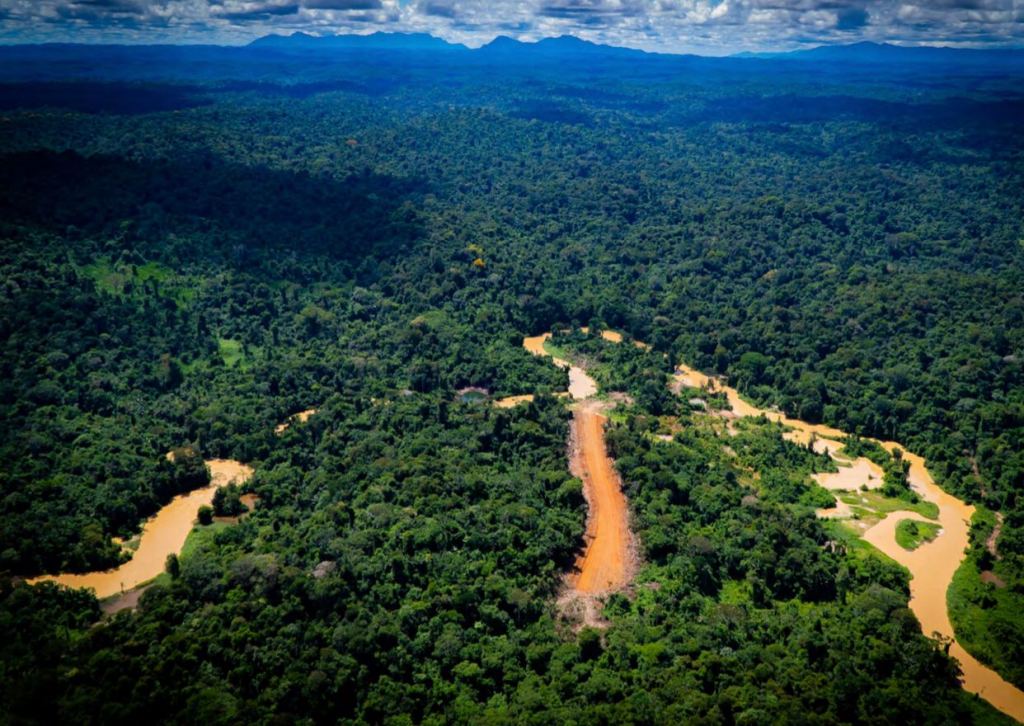
According to the survey, although there was a reduction in some territories, such as Yanomami (-7%), in Amazonas and Roraima; Munduruku (-57%), in Pará; and Kayapó (-31%), in the same state; an increase of nearly 100% was recorded in the illegal mining exploitation in the Sararé IT, located in Mato Grosso.
“The Lula government implemented operations for land clearing, security, and monitoring efforts, with the intention of reducing activity in several indigenous territories. However, monitoring data from Greenpeace Brazil from 2023 to 2024 reveal a concerning trend: mining activity has not diminished, it has merely shifted from one indigenous territory to another,” states a section of the study.
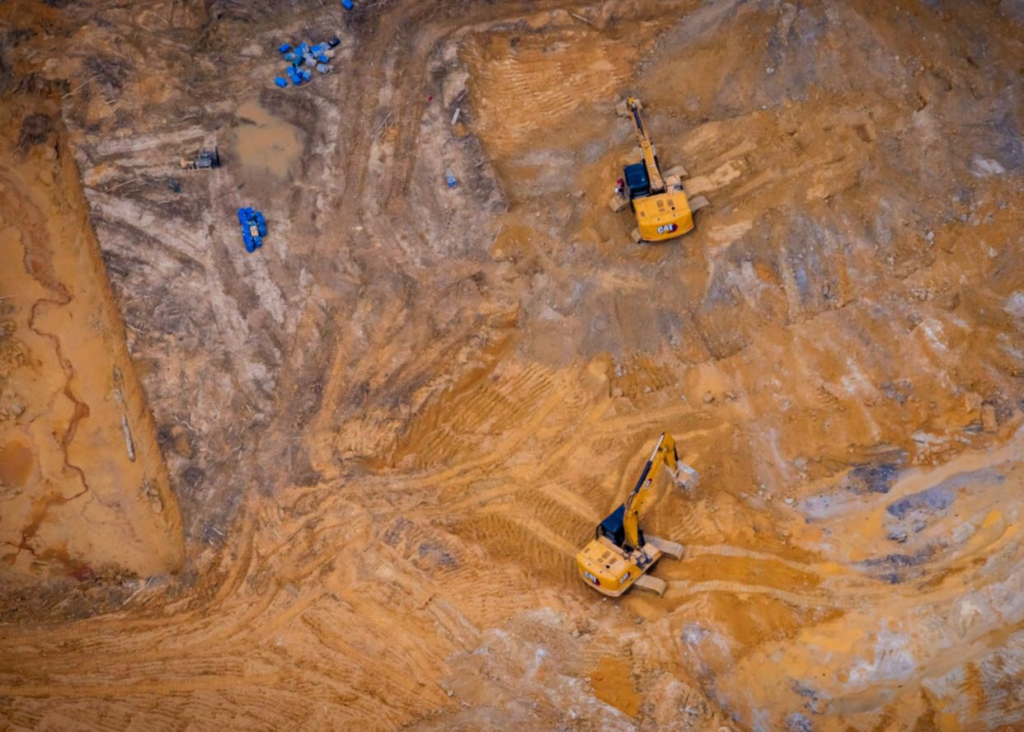
The data released by Greenpeace were obtained through monitoring via satellite images from the Planet Lab and Sentinel-2 systems, supported by the Papa Alpha platform, developed by Greenpeace, which uses the “Global Analysis and Discovery” tool. According to the NGO, the results were cross-referenced with analyses collected through flyovers carried out “to validate and improve the collected data and enhance the monitoring technique”.
The study points out that, in the past two years, around 4.1 thousand hectares were destroyed in three ITs: Yanomami, Kayapó, and Munduruku. According to the data, the Yanomami IL suffered a destruction of 239 hectares in the first year of the Lula government. In the following year, the territory had 223 hectares compromised by the illegal gold exploitation. In the Munduruku IL, 152 hectares were destroyed in 2023 and about 66 hectares in the following year.
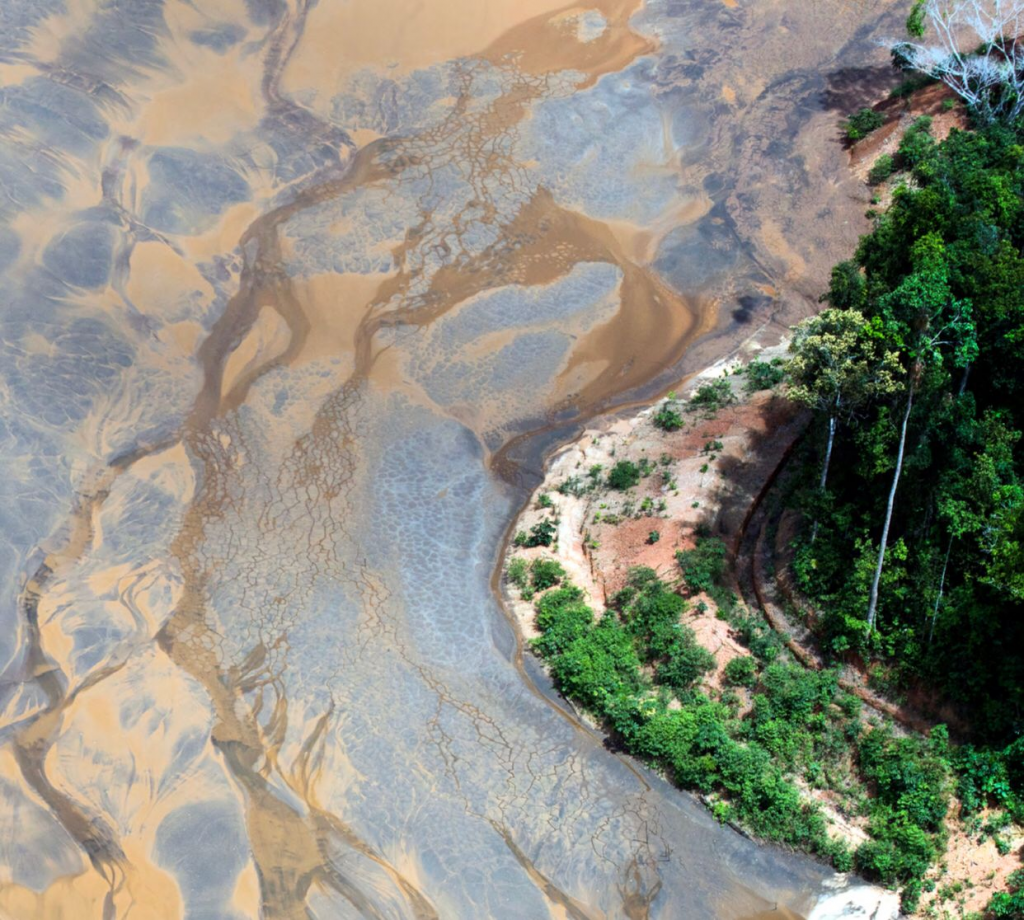
The report also mentions the IT that, among those studied, led the destruction by gold exploitation: Kayapó. In total, around 1,019 hectares were destroyed by illegal mining activities in the first year of the Lula government. In 2024, there was a reduction in destruction compared to the previous year, with 704 hectares destroyed by miners seeking to extract gold and other minerals from the region.
“Illegal gold mining in the Amazon remains one of the main drivers of deforestation, mercury contamination, loss of biodiversity, and social disruption, impacting rural and urban populations, quilombola communities, and, above all, indigenous communities. The path through which illegally extracted gold from the Amazon enters the legal supply chain is complex and involves several stages,” says a section of the study.
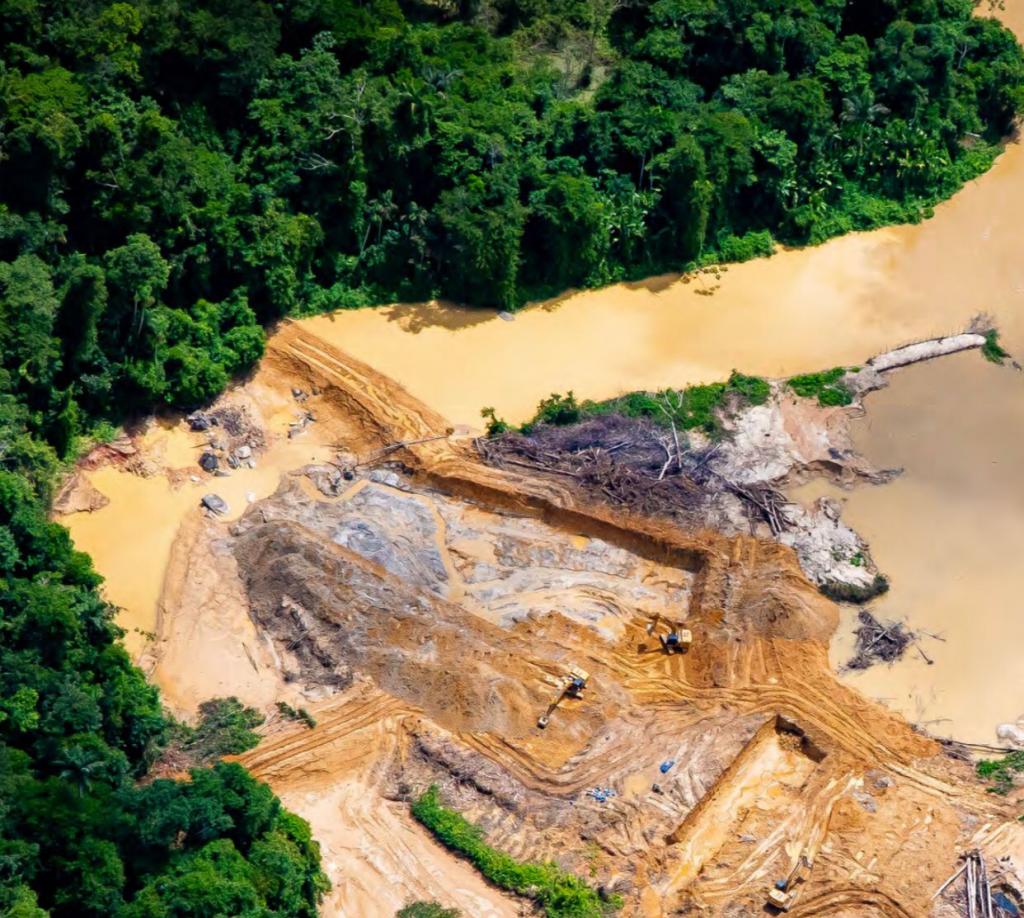
In the Sateré IT, where an explosion of new illegal mining fronts was recorded, around 1.8 thousand hectares were destroyed in the past two years. According to Greenpeace, the territory has been the target of “a violent offensive by miners” since 2020, resulting in the destruction of surrounding rivers and forests, as well as causing socio-environmental impacts to traditional peoples and indigenous communities in the region.
“The land was recently added to Greenpeace’s monitoring due to the rapid growth of illegal mining within the territory. 2024 marked a new record for the area deforested by illegal mining in this place. The speed at which mining activity is advancing in the region is one of the greatest concerns for those following the socio-environmental agenda in Brazil today,” says another excerpt from the report.
Government declared emergency
In January 2023, the Lula government declared a public health emergency in the Yanomami IL and created the National Coordination Committee to Tackle Health Care Neglect, due to the severe nutritional crisis faced by the indigenous peoples living in the region. At the time, the Ministry of Health even created a situation room to control the chaos caused by illegal mining activity in the area.

At the time, President Lula visited the region, in Roraima, and said that the federal administration would act to combat criminal practices. “If someone had told me that here in Roraima there were people being treated in such an inhumane way as I saw the Yanomami people being treated here, I would not have believed it. I had access to some photos this week and they truly shook me,” said the politician.
The task force created by the government also focused on increasing inspections in areas controlled by illegal mining, through operations carried out by federal agencies. In the first nine months of that year, around 3,000 operations were conducted for “the removal of invaders, the destruction of criminal logistics, and assistance to indigenous communities”.

